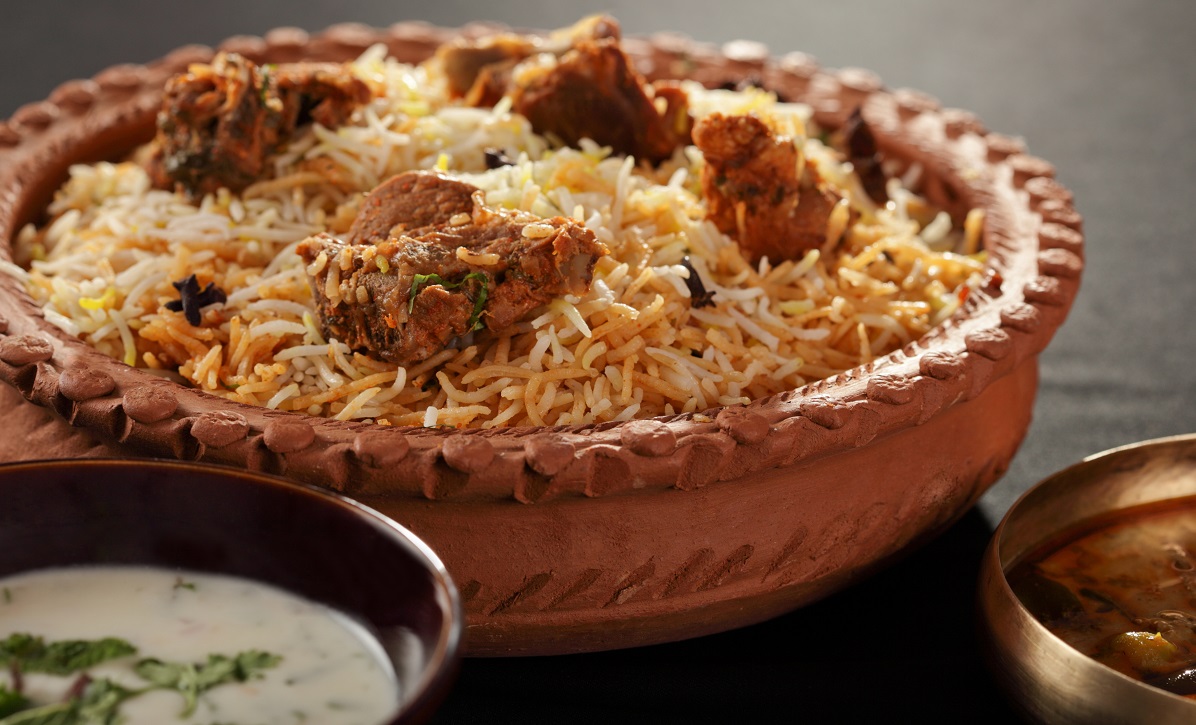If there is one dish that is unites foodies from all corners of India, it is the Biryani. No Indian thumb has ever faced down when questioned about Biryani. It’s as ubiquitous over the country as the Indian Flag.
More interestingly, different regions of the country have a different type of Biryani, providing us a smorgasbord of delectable delights to choose from. However, where did it all begin and how did it reach its legendary status? Let’s find out.
The word “biryani” is an Urdu word derived from the Persian Language, which was used as an official language in different parts of medieval India, by various lslamic dynasties. One theory is that it originates from “birinj”, the Persian word for rice. Another theory is that it derives from “biryan” or “beriyan” (to fry or roast).
The origin of the dish is uncertain. In North India, different varieties of biryani developed in the Muslim centers of Delhi, Lucknow and other small principalities.
In South India, where rice is more widely used as a staple food; several distinct varieties of biryani emerged from Telangana, Tamil Nadu, and Karnataka.
According to Lizzie Collingham, the modern biryani was created in the Mughal royal kitchen, as a confluence of the native spicy rice dishes of India and the Persian pilaf.
From Kris Dhillon’s perspective, the modern Biryani originated in Persia, and was brought to India by the Mughals.
However, another theory claims that the dish was known in India before the first Mughal emperor Babur came to India. The 16th century Mughal text Ain-i-Akbari makes no distinction between biryanis and pulao: it states that the word “biryani” is of older usage in India.
A similar theory—that biryani came to India with Timur’s invasion—also appears to be incorrect, because there is no record of biryani having existed in his native land during that period.
According to Pratibha Karan, the biryani is of South Indian origin, derived from pilaf varieties brought to India by the Arab traders.
She speculates that the pulao was an army dish in medieval India: the armies, unable to cook elaborate meals, would prepare a one-pot dish where they cooked rice with whichever meat was available.
Over time, the dish became biryani due to different methods of cooking, with the distinction between “pulao” and “biryani” being arbitrary.
According to Vishwanath Shenoy, the owner of a biryani restaurant chain in India, one branch of biryani comes from the Mughals, while another was brought by the Arab traders to Calicut (Kozhikode) in South India
Another interesting story traces the origins of the dish to Mumtaz Mahal, Shah Jahan’s queen who inspired the Taj Mahal. It is said that she once visited army barracks and found the army personnel under-nourished. She asked the chef to prepare a special dish which provided balanced nutrition, and thus the biryani was created.
When the British deposed Nawab Wajid Ali Shah to Kolkata (formerly Calcutta), the Calcutta biryani was created. Nizams governing small territories in Southern India encouraged regional variants like the Hyderabadi biryani and the Arcot Nawab biryani. Biryani recipes of the Mughals can still be found in places where their empire had a foothold.
Once a dish for royalty, today the biryani reflects local sensibilities and enjoys the love of every strata of the society.
It brings people together.


If there is one dish that unites foodies, it is biryani. Yummy as always!
Wow! very good information is given.
Thanks for sharing nice information. Biryani is the loving food of India that can’t be compromise with other.